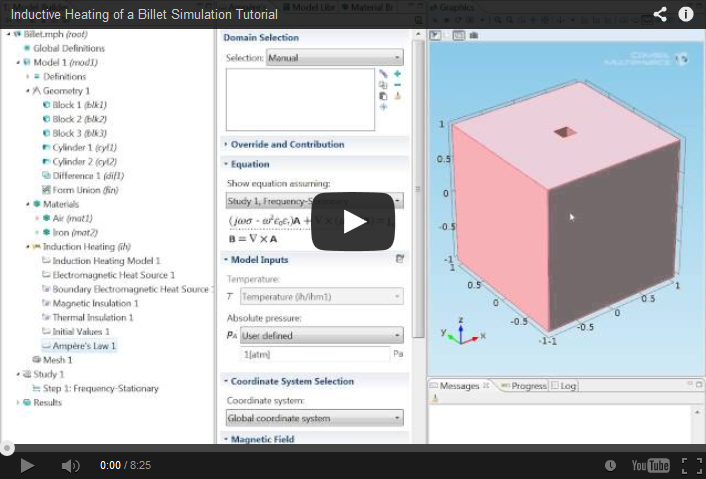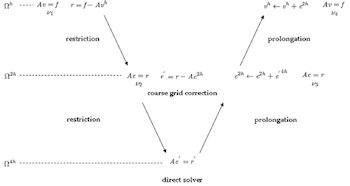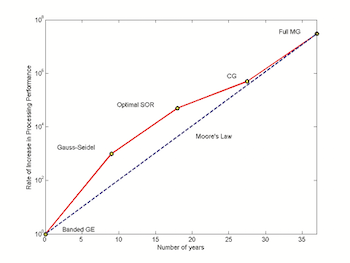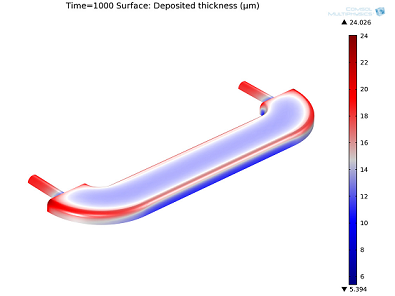Latest Posts

Inductive Heating of a Billet Simulation Tutorial
Induction occurs when a metal object moves in the presence of a magnetic field inducing a current in that object. The induced current causes it to heat up (called inductive heating), as all current does. Yet, simulating these two coupled physics together can be difficult to do as they are intrinsically based on different time scales. COMSOL Multiphysics is able to cleverly simulate them through combining the frequency domain modeling of the magnetic field with a stationary simulation of the […]

Multiphysics versus FEA
In a popular post from last year, I discussed accessing and manipulating the underlying equations in COMSOL. This blog post instigated reader comments, and most of the respondents appreciated, or even required, the ability to look at the mathematical model (i.e., equations) behind the physics. While considering this, I realized that there is more to the story, and with a little perspective, the community could benefit from further discussion.

On Solvers: The V-Cycle Multigrid
As discussed previously on the blog, iterative methods efficiently eliminate oscillatory error components while leaving the smooth ones almost untouched (smoothing property). Multigrid methods, in particular, use the smoothing property, nested iteration, and residual correction to optimize convergence. Before putting all of the pieces of this proverbial puzzle together, we need to introduce residual correction and dive a bit deeper into nested iteration. Let’s begin with the latter of these elements.

Fluid Flow: Smooth Optical Surface in Minutes
Ultra-precise optical components require blemish-free surfaces that often cannot be achieved by the machining processes that grind these components. Fluid jet polishing (FJP) is a new technology being developed by Zeeko Ltd to replace the hand polishing that was often required. With the help of COMSOL, Zeeko was able to create a product that polishes the optical components in only ten minutes instead of an entire day, and without waveforms.

On Solvers: Multigrid Methods
Solution methods are a valuable tool for ensuring the efficiency of a design as well as reducing the overall number of prototypes that are needed. In today’s blog post, we introduce you to a particular type of method known as multigrid methods and explore the ideas behind their use in COMSOL Multiphysics.

Infamous Failures of Fatigue
If you’ve studied structural mechanics you’re probably familiar with stories of planes falling out of the sky due to fatigue (no one wants to be the engineer who designed an airplane that crashed…). Jimmy Stewart made a famous movie about that, but different from the usual horror stories of fatigue is the accident in 1919 of a storage tank that burst in Boston, spilling molasses onto the streets at 35 mph (56 km/h). The Boston Molasses Disaster, as it’s referred […]

Corona Discharge
In its natural state, air is a good insulator. However, if it’s adequately ionized, it can ultimately lead to “corona discharge”. What does that mean and why is it important? Let’s find out.

Electroplating Simulations Cut Down on Wasted Metal
Electrodeposition is the process of making a substance adhere to an object through electrochemical reactions. Sometimes the substance is available in the solution form and other times it is a solid object too, and needs to undergo electrochemical reactions in order to dissolve into solution; often as part of the electrodeposition process. Electrodeposition can be an important part of the refining process of certain metals, such as copper, silver, and gold and is often referred to as electrorefining or electrowinning. […]
